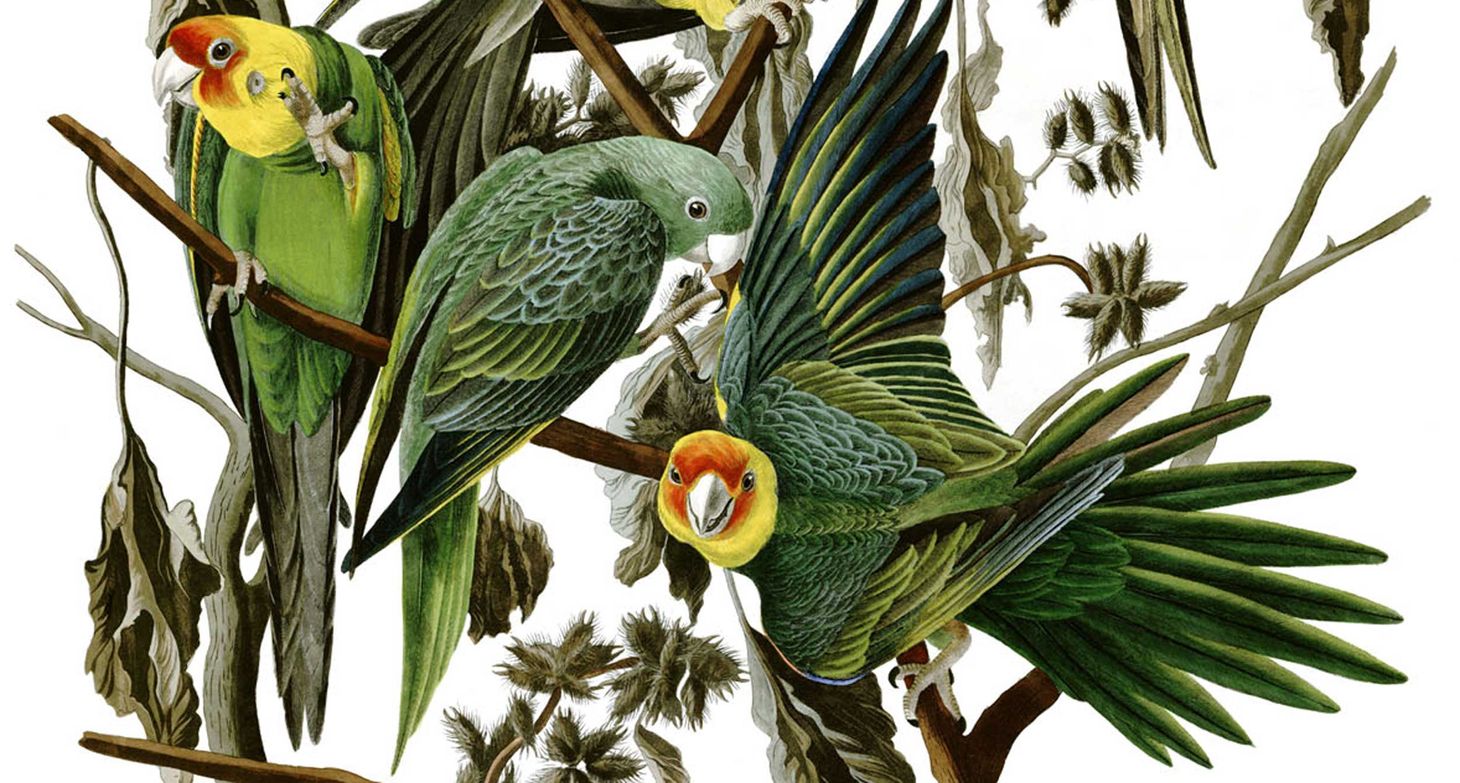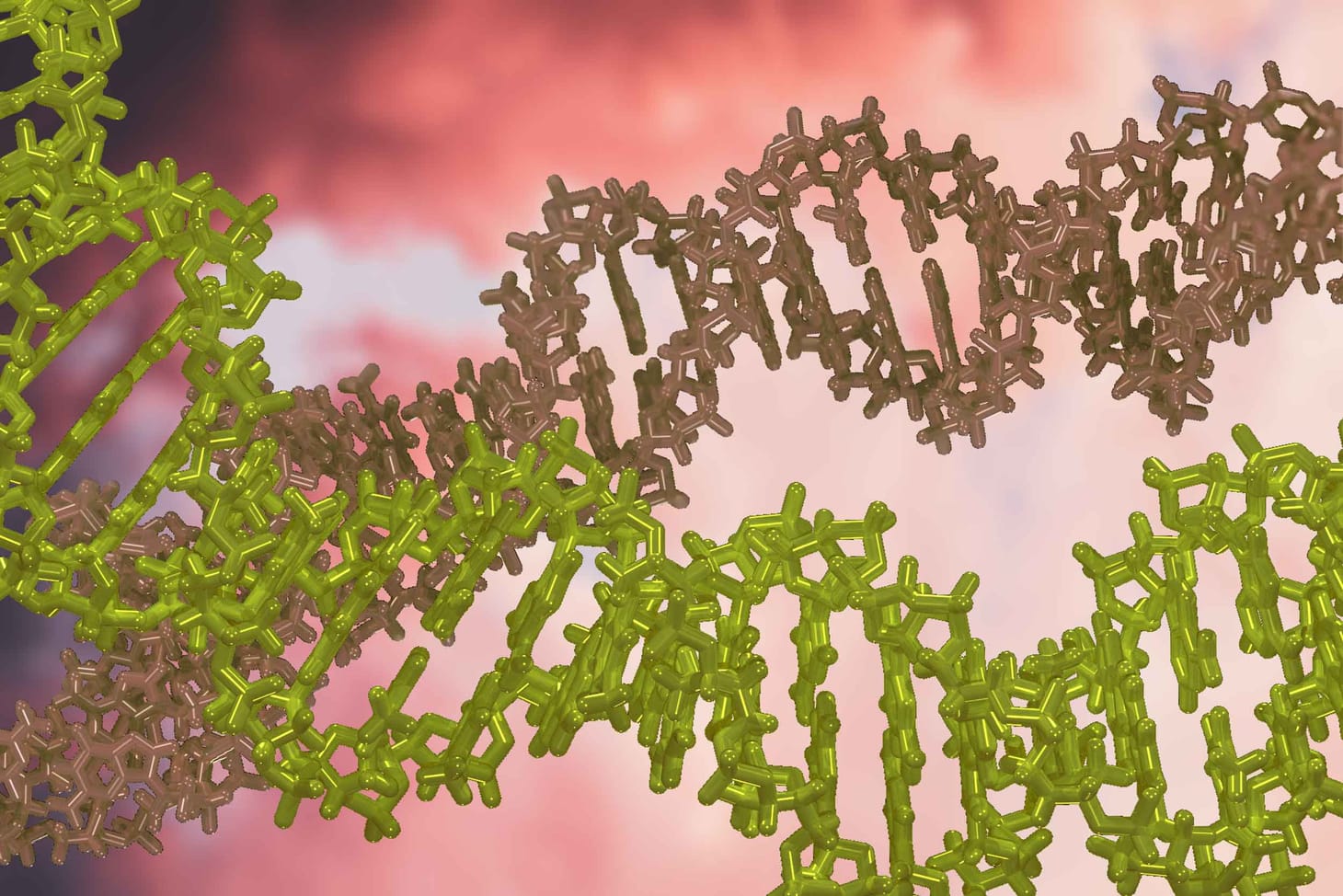A Neandertal recipe that tasted like the foods of later people
Looking at a fascinating new study that finds mixtures of different plants within ancient morsels of charred foods.
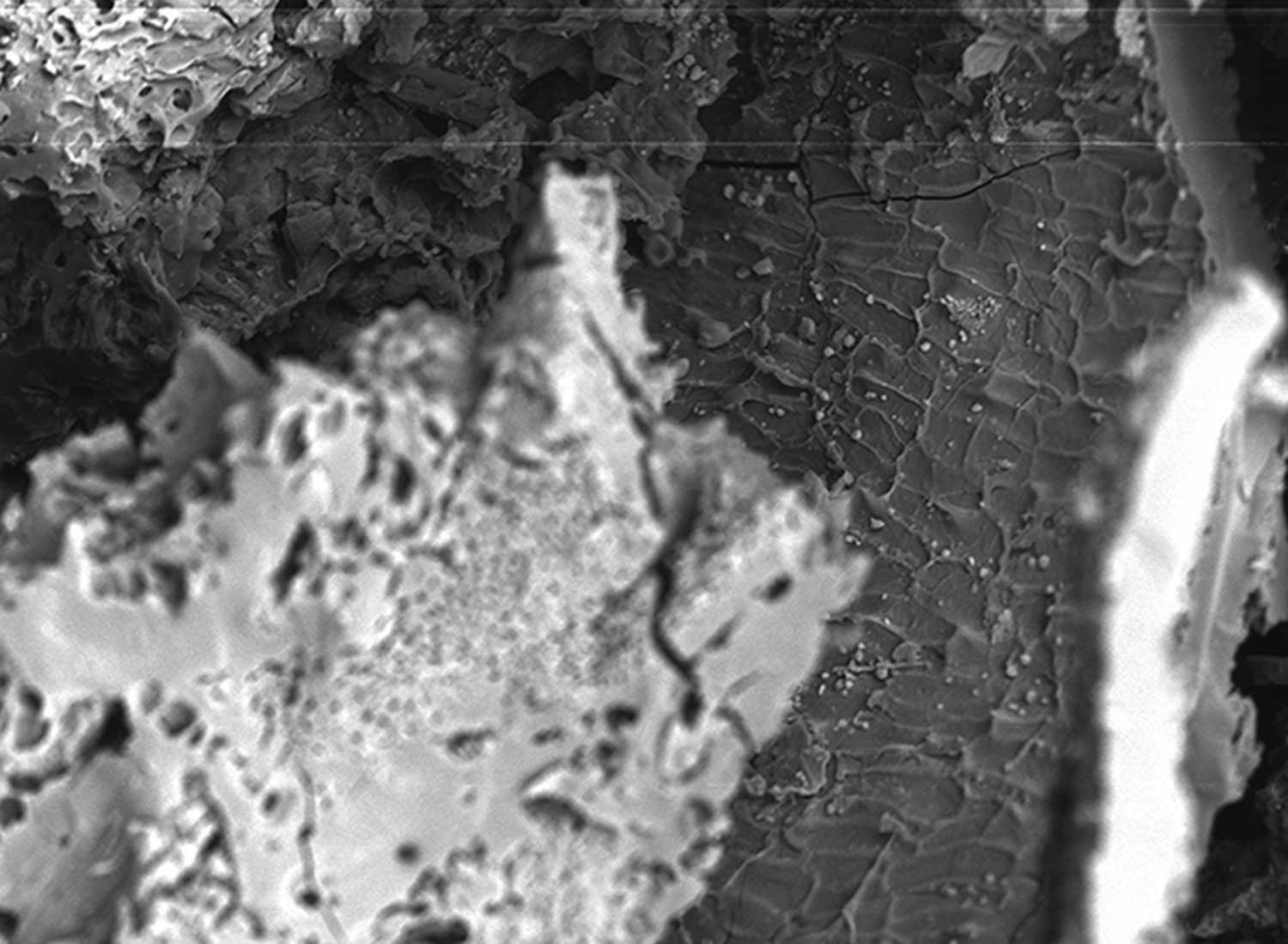
Plato had a low opinion of cooking. He distinguished it from the arts, which he considered a way of reaching to the soul. Admittedly, cooking could give pleasure, but to Plato cookery was aligned with flattery, a way of concealing the true nature of things. Medicine, by contrast, Plato thought capable of giving a glimpse of reality. Medicine touches the soul itself, while cooking is all about the body.
That's all nonsense of course. The medicine of Plato's time was a combination of real anatomical skill, effective herbal nostrums and plasters, borderline poisons, and mystical nonsense. Cooking on the whole was much the same but with a lower portion of nonsense. Today anthropologists see that cooking is often the center of social spaces and relationships, a way of making unpalatable foods edible and of releasing chemical energy that our digestive systems could not otherwise crack. Cooking is as close to fundamental as any technology humans have created.
I was so pleased this week to see the new paper in Antiquity by Ceren Kabukcu and coworkers, who looked at cooking across time at two ancient cave sites. They examined samples of charred food material that includes small identifiable fragments of edible plants. The tiny charcoal pieces are remains of mixtures of foods made by ancient people. The oldest fragment in the study was a small piece of a Neandertal meal.
It was very timely to include this in my lecture for the class just before Thanksgiving break. You see, these early people didn't just gather plant foods and toss them on the fire. They mixed different plant foods together in characteristic ways into stews or falafel-like cooked doughs. These burned morsels are the remains of ancient cuisines.
Franchthi Cave in Greece includes archaeological material from as early as 40,000 years ago up to the later Neolithic within the last 3500 years. The charcoal samples in the study date to the later Upper Paleolithic or Epigravettian between around 13,000 and 11,400 years ago. Kabukcu and coworkers illustrate four samples from the site, each of which is mostly composed of a mixed paste of seeds from legumes, known as pulses.

Most of the samples include fragments of the seed coats of these pulses. These are not identified to species but Kabukcu and coworkers attribute them to the family Fabeae, including lentils, vetch, and a legume known as the grass pea. They also studied a charred fragment that is textured like a dough or bread, with starchier material and no seed coats visible.
The other cave site was Shanidar, Iraq, which is one of the most notable sites for Neandertal remains. The most famous discovery from the site is the Shanidar 1 skeleton, representing an individual who had an amputated arm and other kinds of healed injuries. Work at Shanidar was originally carried out in the 1950s and 1960s by a team of scientists led by two Americans, Ralph and Rose Solecki, who were working with the Smithsonian at that time. Starting around a decade ago, a British team of scientists led by Graeme Barker began reinvestigating the site, carrying out excavations in areas that were not disturbed by the earlier work. Barker's team collected the charcoal samples examined by Kabukcu, and Barker is one of the authors.
Five of the charred pieces come from an early Upper Paleolithic period known as Baradostian, which is thought to have been produced by modern people between 42,000 and 35,000 years ago. One sample came from a Mousterian layer that is older than 70,000 years; this is a cultural period with Neandertal skeletal remains at the site.
The Upper Paleolithic food samples include one piece with a mustard seed embedded within it. This one was also a pulse seed mixture, one with flavor added!

Kabukcu and coworkers describe how ancient people must have made these types of mixtures. The small seed coat fragments in most of the samples tell a lot about the processing. The seeds must have contained a lot of moisture, either because they were fresh and wet, or because they were dried and softened by soaking in water for some time. Soaking seems more likely because this procedure helps to reduce the bitter tannins, which can be accelerated by changing out the water. In historic times, people often remove the seed coats to reduce the bitterness prior to mixing or cooking. But these samples have seed coat fragments included, and Kabukcu and collaborators propose that the cooks were working with the bitter flavor.
According to the analysis, the texture of these samples shows that the seeds were crushed or pounded together when moist. This is different from grinding seeds into a powder or flour. Flat grinding stones or querns were not necessary for the kind of pounding that made these mixtures. Wooden tools or stone pounders in wooden or hide containers would have sufficed.
The researchers examined only one charcoal fragment from the Mousterian layers at Shanidar. This one also contained mashed pulse seeds, and also had a recognizable grass seed fragment within it.
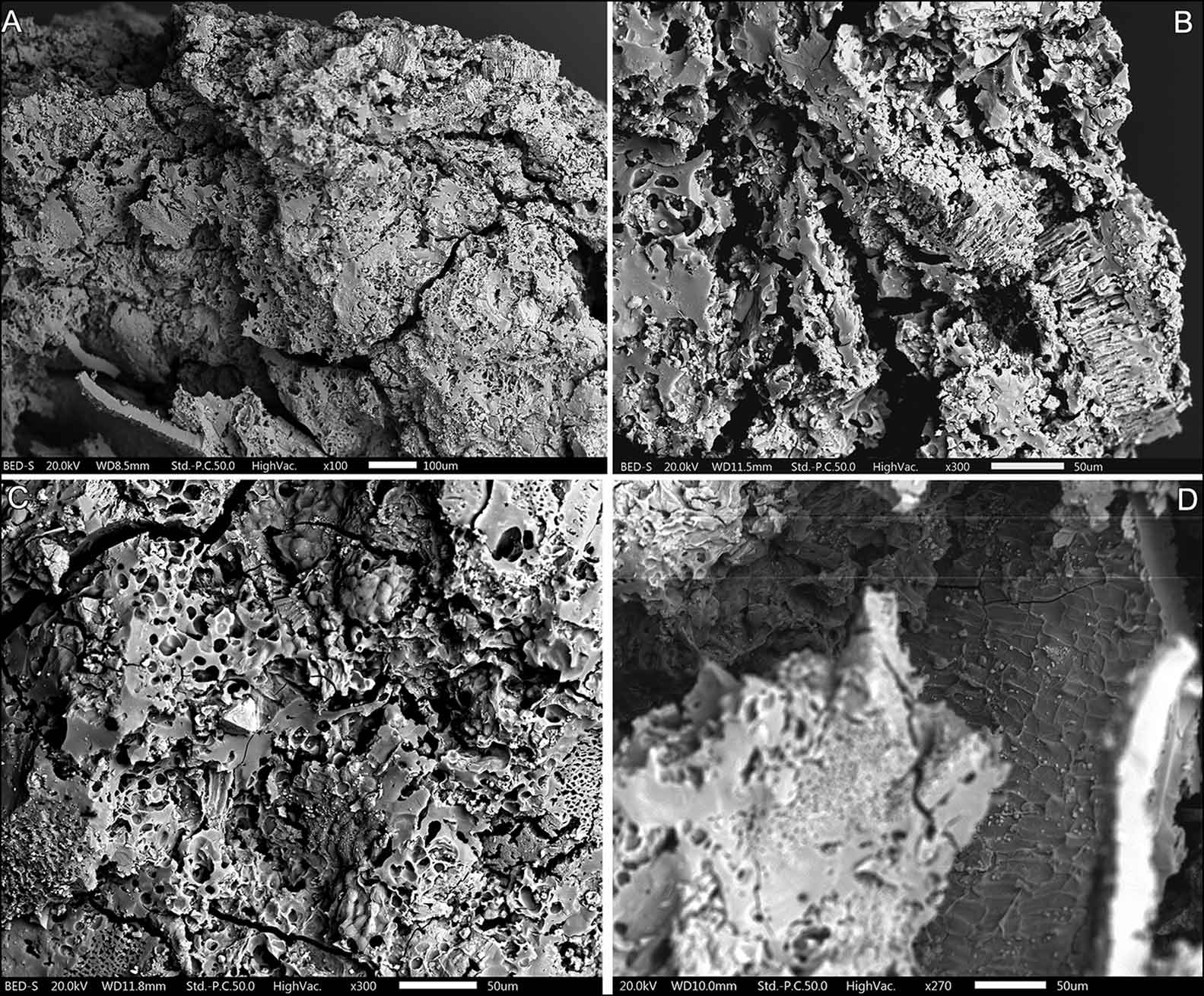
For me this is fascinating to see for the Neanderthal component of Shanidar, that they did the same kind of processing that later people did both at Shanidar and other sites. The people are doing the same kinds of cooking with the same wild foods. That's pretty cool.
The study does not elaborate on how these mixtures may have been cooked. It is possible that they were made into patties and cooked near the fire on wood or pliable surfaces. Large flat stones are generally not evidenced in these sites, but smaller stones may have been cooking surfaces. It seems likely to me that some of these were cooked in packets; either animal bladders or leaf packets. I also think it would be likely to include meat or fat in these plant mixtures, in the same way that today people flavor recipes made with lentils, peas, and beans.
Cooking was important for many reasons. With respect to the taste and palatability of these foods, cooking helps to improve taste, gives the possibility of adding elements like herbs and flavorful seeds like mustard, and makes some chemical energy more accessible to the digestive system. Again, the fact that varied peoples in this part of the world ate similar foods with similar preparations over 60,000 years or more reinforces that cooking plant mixtures has been a central feature of Neandertal and modern human lives.
This kind of work adds perspective to other evidence of Neandertal plant foods. As Kabukcu and coworkers note, Kebara Cave, Israel, has already produced evidence of charred pulse seeds in a Mousterian archaeological context with Neandertal remains. Amanda Henry and coworkers examined dental calculus from the Shanidar 3 skeleton and found starch consistent with barley, some starch granules consistent with cooking, and phytoliths from date palm. Dental calculus from other Neandertal sites has produced an array of evidence of plant consumption, including other kinds fo starches with evidence of cooking.
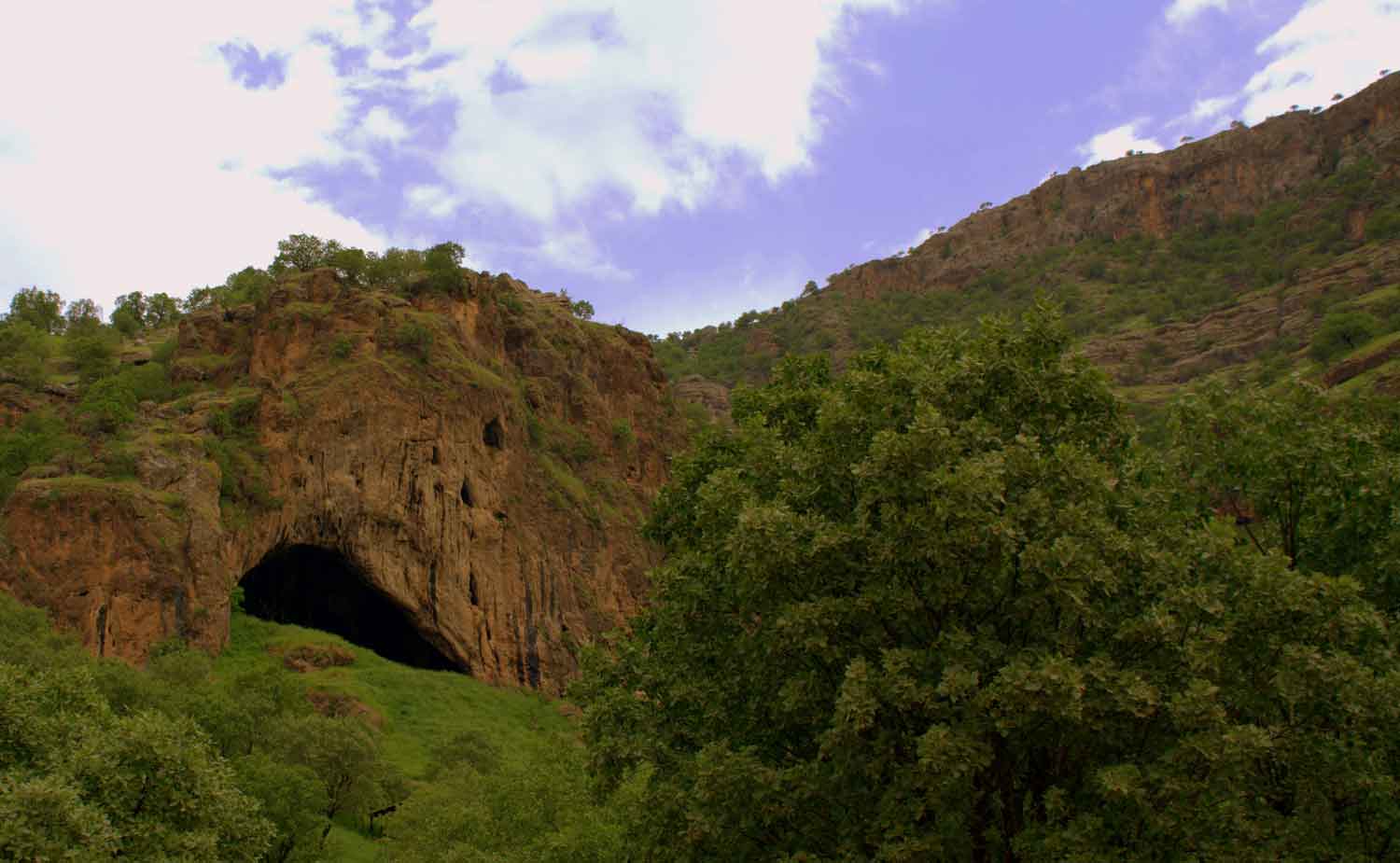
Still, finding trace evidence of individual plants in someone's teeth does not give a real picture of how they were eating them. That's why the direct evidence from charred plant mixtures is so valuable: this kind of discovery shows that people were taking time to make foods taste a certain way. Plant food preparation takes labor and shared traditions, and made a wider array of foods accessible for consumption.
There's also growing evidence that Neandertals ingested or chewed plants for medicinal reasons. That evidence began with Shanidar, where the Shanidar 4 burial included flower pollen from yarrow, ephedra, ragwort, and knapweed, all plants with medicinal uses. That evidence has been controversial, with the suggestion that rodents may have accumulated the flower material instead of the Neandertals themselves. Yet in recent years other kinds of evidence have provided a more direct record of ingestion. Karen Hardy and coworkers examined the chemical contents of Neandertal dental calculus from El Sidrón, Spain, finding evidence of compounds that are found in yarrow and chamomile. The argument that such plants were medicinal for Neandertals is based on their use in recent human groups for medicinal purposes; however it is also possible that they were added to foods as flavoring.
The difference between food and medicine may be irrelevant as long as people are making mixtures of varied plants. Putting a small amount of a bitter compound into a food is very different from chewing a bitter plant by itself. For Neandertals and other prehistoric people, there may have been little distinction between cooking and medicine, or medicine may have been a part of cooking much of the time.
Plato wouldn't like that idea. But it's true in some important senses that cooking makes us human.
References
Hardy, K., Buckley, S., Collins, M. J., Estalrrich, A., Brothwell, D., Copeland, L., García-Tabernero, A., García-Vargas, S., de la Rasilla, M., Lalueza-Fox, C., Huguet, R., Bastir, M., Santamaría, D., Madella, M., Wilson, J., Cortés, Á. F., & Rosas, A. (2012). Neanderthal medics? Evidence for food, cooking, and medicinal plants entrapped in dental calculus. Naturwissenschaften, 99(8), 617–626. https://doi.org/10.1007/s00114-012-0942-0
Henry, A. G., Brooks, A. S., & Piperno, D. R. (2011). Microfossils in calculus demonstrate consumption of plants and cooked foods in Neanderthal diets (Shanidar III, Iraq; Spy I and II, Belgium). Proceedings of the National Academy of Sciences, 108(2), 486–491. https://doi.org/10.1073/pnas.1016868108
Kabukcu, C., Hunt, C., Hill, E., Pomeroy, E., Reynolds, T., Barker, G., & Asouti, E. (2022). Cooking in caves: Palaeolithic carbonised plant food remains from Franchthi and Shanidar. Antiquity, 1–17. https://doi.org/10.15184/aqy.2022.143
Leroi-Gourhan, A. (1975). The Flowers Found with Shanidar IV, a Neanderthal Burial in Iraq. Science, 190(4214), 562–564. https://doi.org/10.1126/science.190.4214.562
Lietava, J. (1992). Medicinal plants in a Middle Paleolithic grave Shanidar IV? Journal of Ethnopharmacology, 35(3), 263–266. https://doi.org/10.1016/0378-8741(92)90023-K
Shipley, G. P., & Kindscher, K. (2016). Evidence for the Paleoethnobotany of the Neanderthal: A Review of the Literature. Scientifica, 2016, e8927654. https://doi.org/10.1155/2016/8927654
Sommer, J. D. (1999). The Shanidar IV ‘Flower Burial’: A re-evaluation of Neanderthal burial ritual. Cambridge Archaeological Journal, 9(1), 127–129. https://doi.org/10.1017/S0959774300015249
John Hawks Newsletter
Join the newsletter to receive the latest updates in your inbox.


